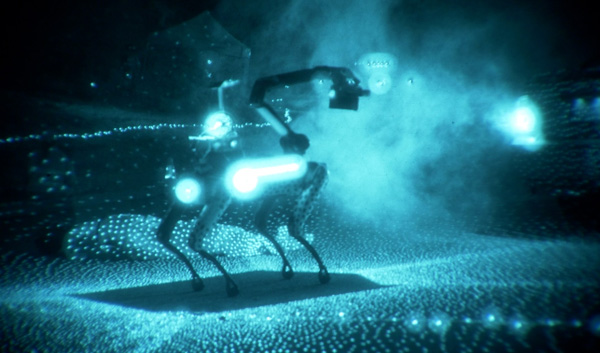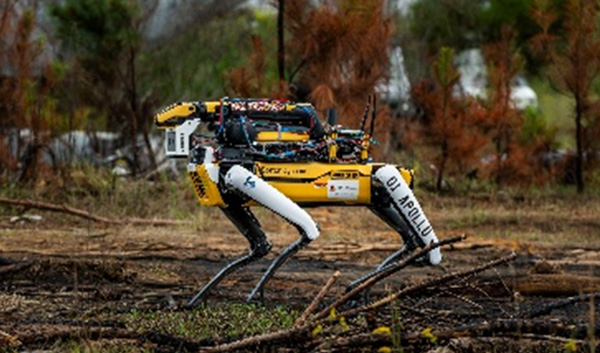Smoke, Darkness, and Obfuscation
In this immersive overview of Challenge Event 2, guided by DARPA Triage Challenge Program Manager retired Army Col. Jeremy C. Pamplin, M.D., you'll experience how teams of innovators, engineers, and DARPA are redefining the future of combat casualty care. Check out competition runs, behind-the-scenes of what it takes to put on a DARPA Challenge, and glimpses into the future of lifesaving care.
Be sure to look all around! Use your mouse to look up, down - even behind you! Open the video in a full window for best viewing.
Courses
From Casualty Mapping to Responder-ready Tools

In Challenge Event 2, teams were required to operate with full autonomy as well as accurately geolocate casualties. Degraded sensing, dynamic physiological changes and walking casualties will significantly added difficulty to the challenge.
To win a prize, teams passed casualty localization and triage accuracy thresholds. Teams also developed a user interface designed for use by first responders.
Technical Challenge Elements
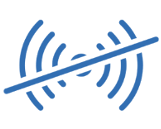
| Degraded Sensing The courses included elements that ranged from constrained passages to large fields, lighted areas to complete darkness, and wet to dusty conditions. Sensors had the dynamic range to operate reliably in these environments. Dust, fog, mist, smoke, talking, flashing light, hot spots, and gunshot and explosion sounds were within scope of this challenge element. Extreme temperatures, fire, tremors, and hazardous materials were not within scope. |

| Obscuring Obstacles Casualties were fully visible to partially obscured to completely obscured, such as buried under a shallow layer of rubble. Sensor modalities capable of penetrating rubble had an advantage in such situations. Casualties were grouped with limbs overlapping, or may be interacting with live responders. |

| Terrain Obstacles The competition scenarios were held in realistic environments that may include natural or human-made materials; structured or unstructured clutter; and intact or collapsed structures and debris. Robotic mobility was not the focus of this challenge and it was expected that widely available outdoor robotic platforms will be capable of navigating the competition environments. In some cases, more robust platforms benefitted from more direct navigation paths or closer approach paths to casualties. |
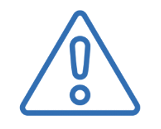
| Dynamic Obstacles Live responders, ambulatory wounded, or other physical changes to the environment were e included to test the agility of the system autonomy to identify and assess casualties. |

| Dynamic Casualties Some treatable injuries may rapidly become fatal, and delays in finding and assessing casualties may result in missing the window for effective LSI. While competitors were not expected to re-evaluate casualties for changes in status, casualties who were not evaluated within an appropriate timescale may have had a change in status (for example, progression of untreated hemorrhage or airway injury). |

| Endurance Limits Individual scenarios ran <30 minutes. Teams were permitted to replace batteries during their run; teams considered the implications of returning to the original launch location and redeploying their systems Real-world systems used stand-off sensors on platforms to locate and triage casualties in the field. |
Qualified funded and unfunded teams participated in the competitions, striving to advance the use of autonomous systems for rapid, stand-off casualty assessment to facilitate timely and accurate medical triage.
- AIR TAGS
- Chiron
- Coordinated Robotics
- DART
- PRONTO
- RoboScout
- Robotika
- TTT
- UAS-DTU
Casualty Report
| Field | Values | Scoring criteria |
| Location | Latitude, Longitude | +5 if within d meters of ground truth (GT) casualty location |
| Severe Hemorrhage | Present, Absent | +4 if correct –2 if incorrect |
| Respiratory Distress [t] + | Present, Absent | +4 if correct –2 if incorrect |
| Heart Rate | Beats per minute (BPM) | +1 if within 5 BPM of GT –0 otherwise |
| Respiratory Rate | Breaths per minute (BrPM) | +1 if within 3 BrPM of GT –0 otherwise |
| Trauma | Head: Normal, Wound, Not Testable (NT) Torso: [Normal, Wound, NT Upper Ext.: Normal, Wound, Amputation, NT Lower Ext.: Normal, Wound, Amputation, NT | For each field: +1 if correct –1 if incorrect |
| Alertness | Ocular: Open, Closed, Not Testable (NT) Verbal: Normal, Abnormal, Absent, NT Motor: Normal, Abnormal, Absent, NT | For each field: +2 if correct –2 if incorrect |
Golden Window
| Field | Values | Scoring criteria |
| Severe Hemorrhage | Present, Absent | +2 if correct |
| Respiratory Distress | Present, Absent | +2 if correct |
| Vitals | Heart Rate +/- 3BPM Respiratory Rate +/- 5BrPM | +1 if either is correct |
Scoring Casualty Reassessment
| Field | Values | Scoring criteria |
| Location1 | Latitude, Longitude | +5 if within d meters of ground truth (GT) casualty location |
| Severe Hemorrhage1 | Present, Absent | +4 if correct –2 if incorrect |
| Respiratory Distress1 | Present, Absent | +4 if correct –2 if incorrect |
| Heart Rate1 | Beats per minute (BPM) | +1 if within 5 BPM of GT –0 otherwise |
| Respiratory Rate1 | Breaths per minute (BrPM) | +1 if within 3 BrPM of GT –0 otherwise |
| Alertness1 | Ocular: Open, Closed, Not Testable (NT) Verbal: Normal, Abnormal, Absent, NT | For each field: +2 if correct |
| Motor: Normal, Abnormal, Absent, NT | –2 if incorrect |
[1] Points only received if initial assessment was correct and ground truth at reassessment time has since changed.
Rapid Casualty Location Bonus
| Bonus points | Time of reporting |
| +3 | 0-5 minutes after run start |
| +2 | 5-10 minutes after run start |
| +1 | 10-15 minutes after run start |
| +0 | 15+ minutes after run start |
| Challenge Event 2 2025 | |
| Workshops | |
| Systems | March 10 |
| Data | March 17 |
| Competitions | |
| Systems, Data | Sept. 28 |
| Awards | |
| Ceremony | Oct. 4 |
Index
Home | About | Events | Resources | Media Gallery
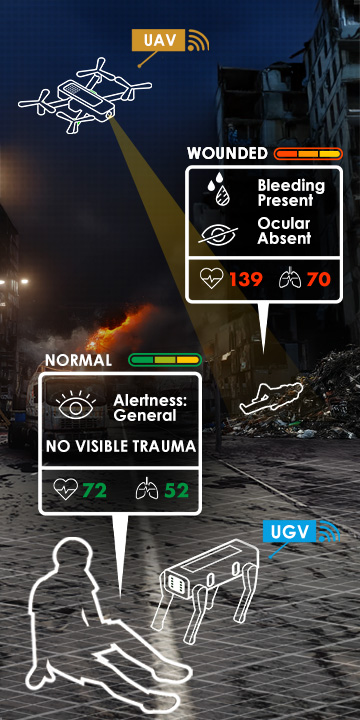
Overview

Resources | FAQs | Terms and Conditions | YouTube Playlist | Media Gallery | Contact

